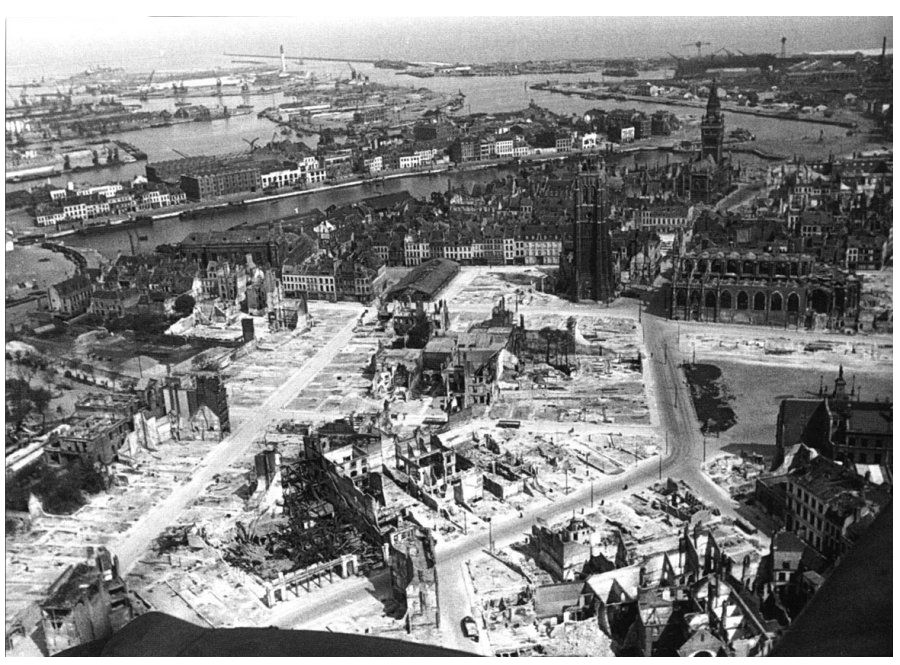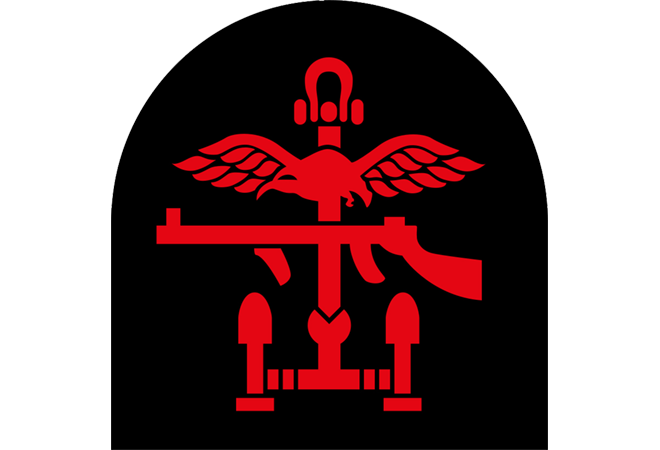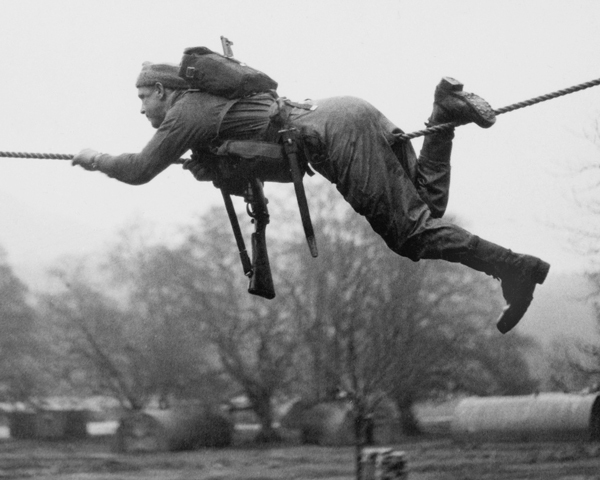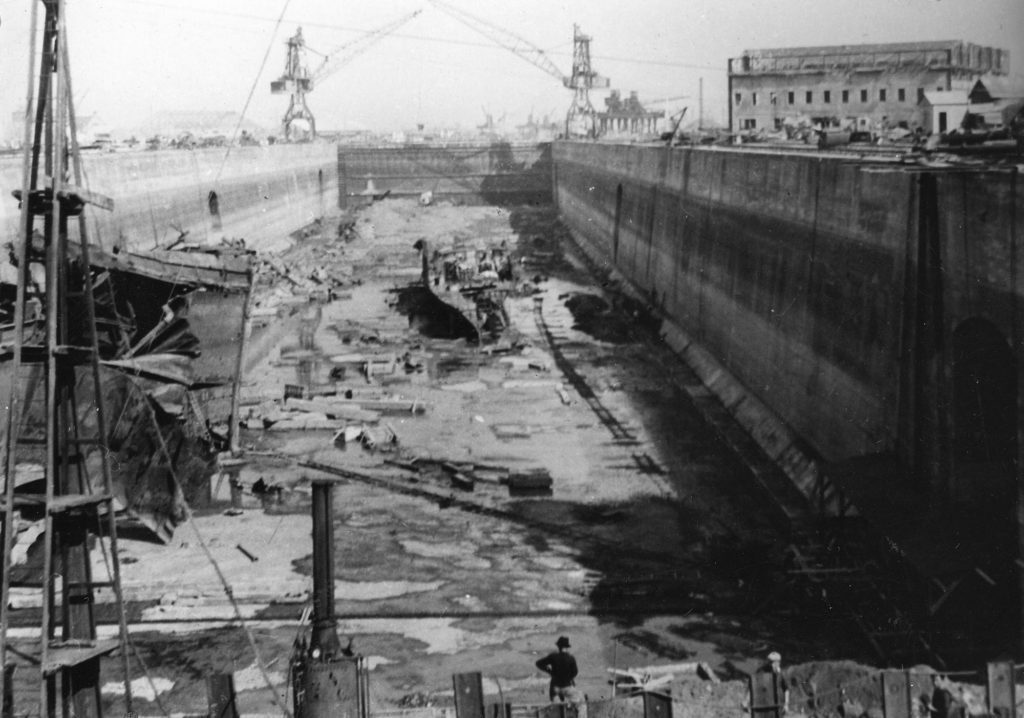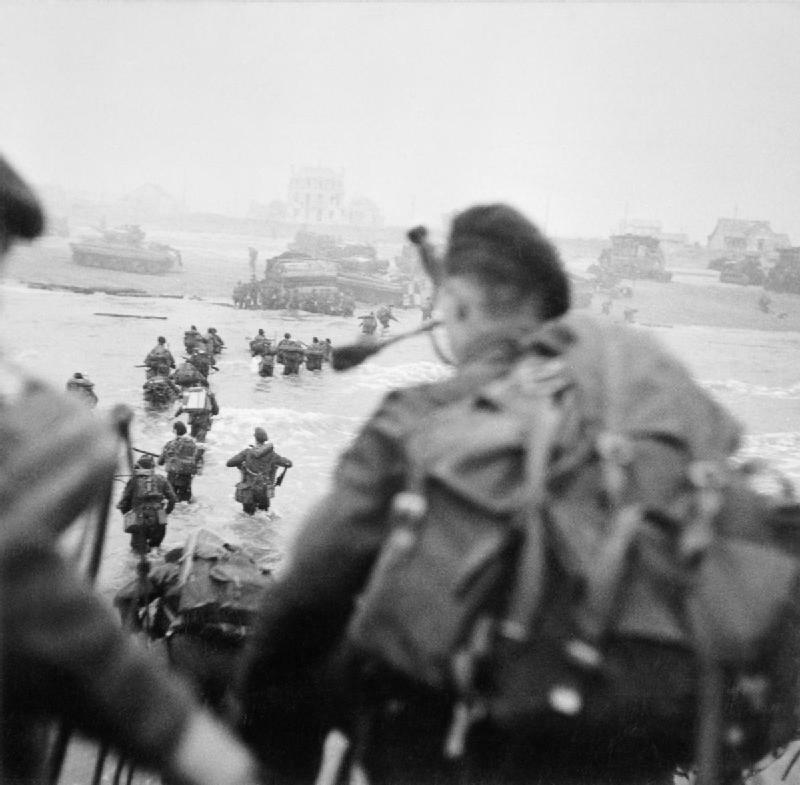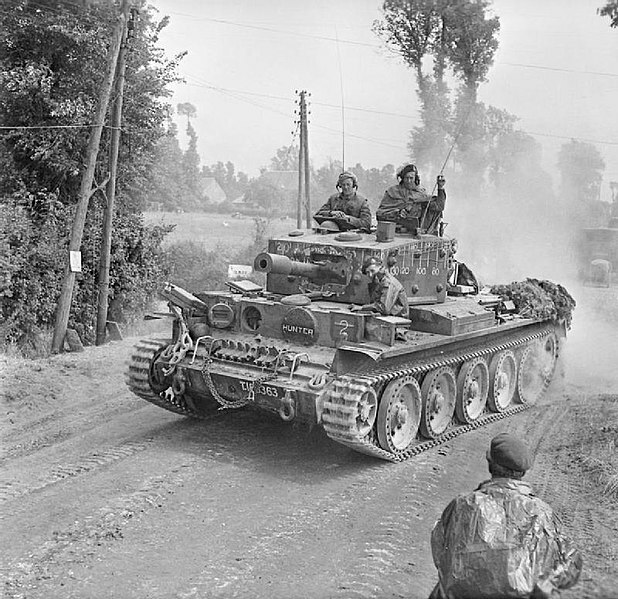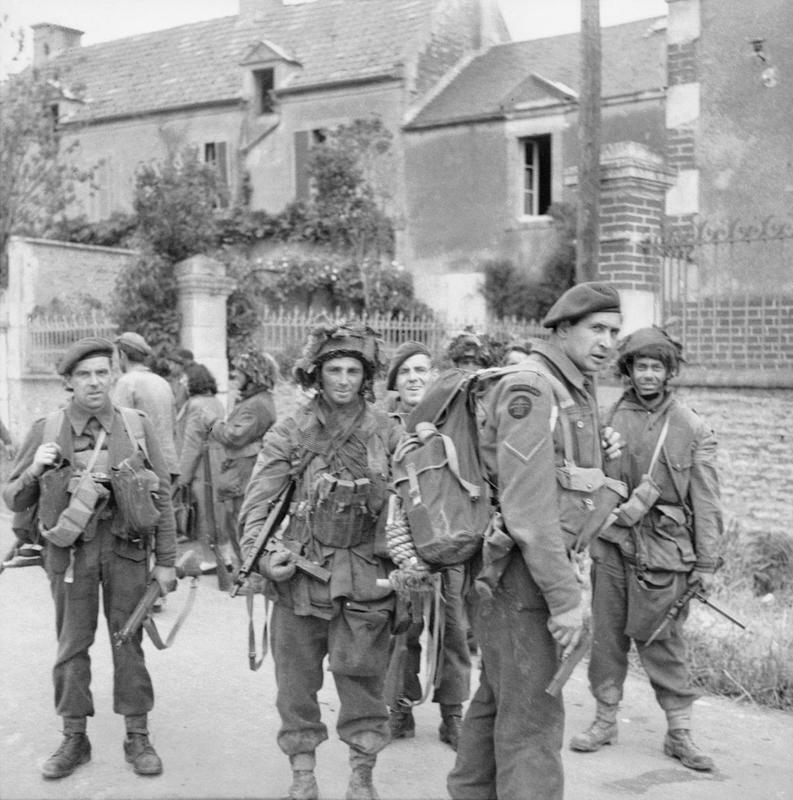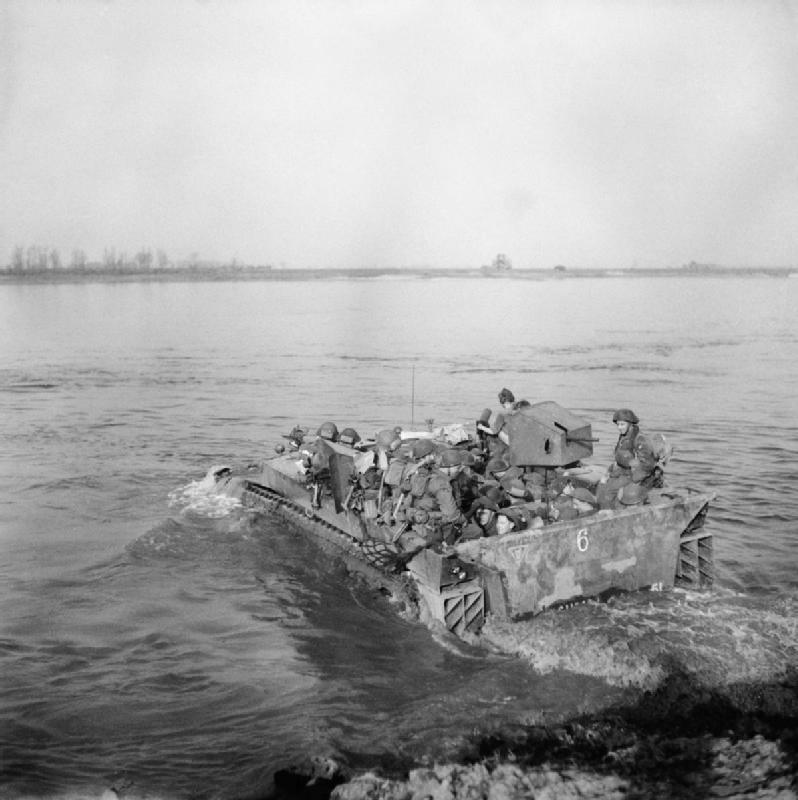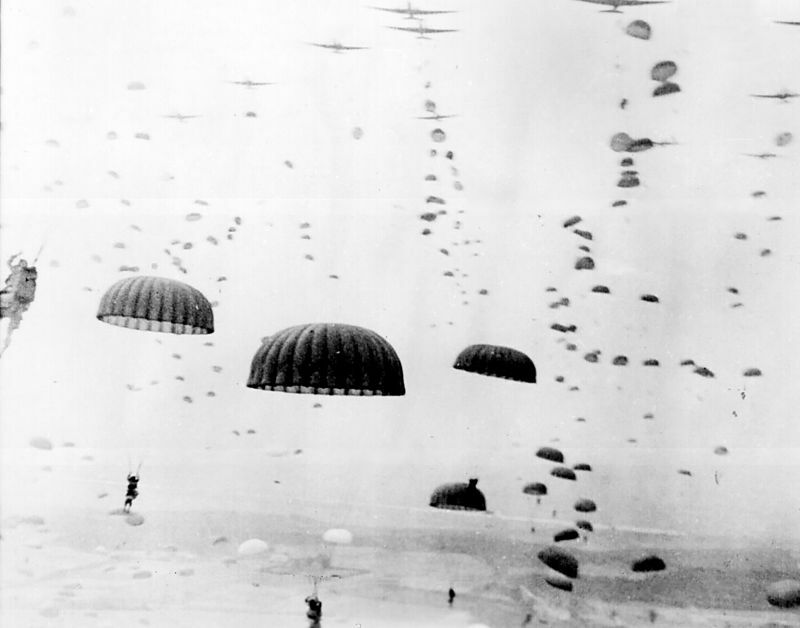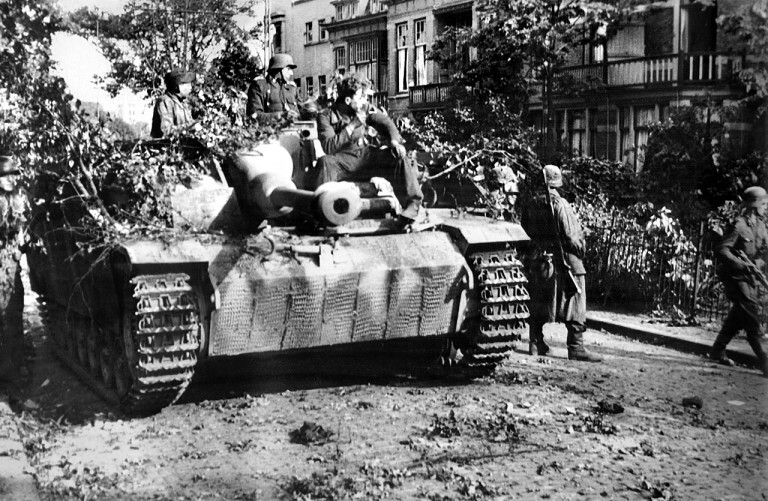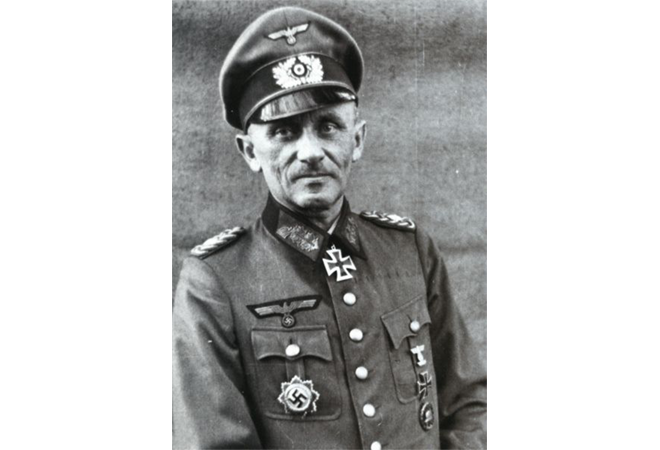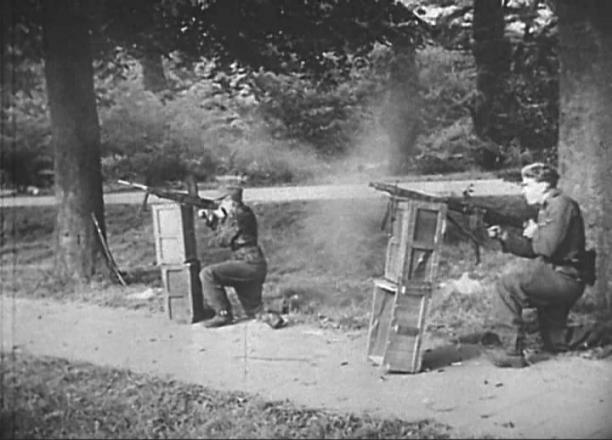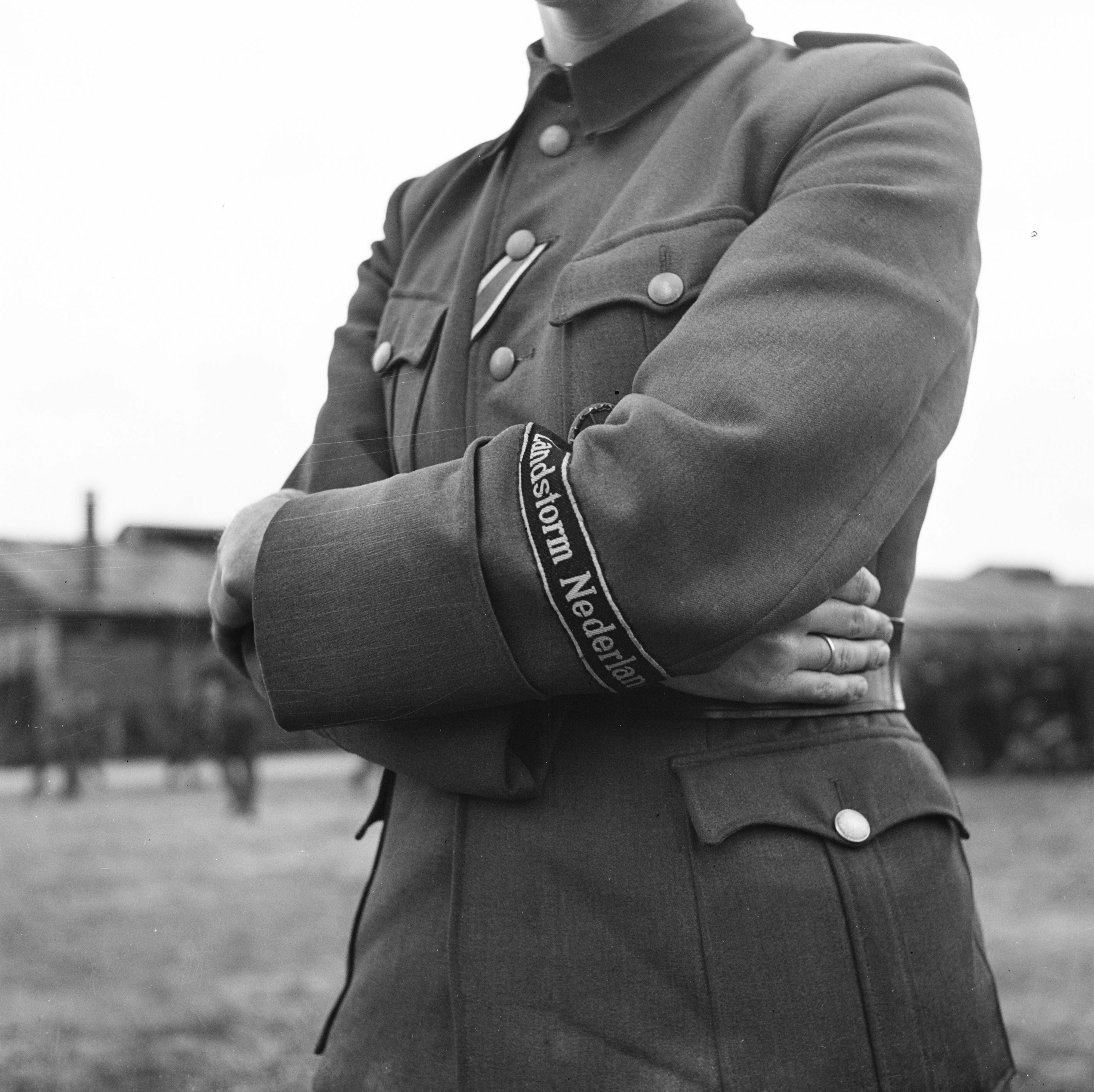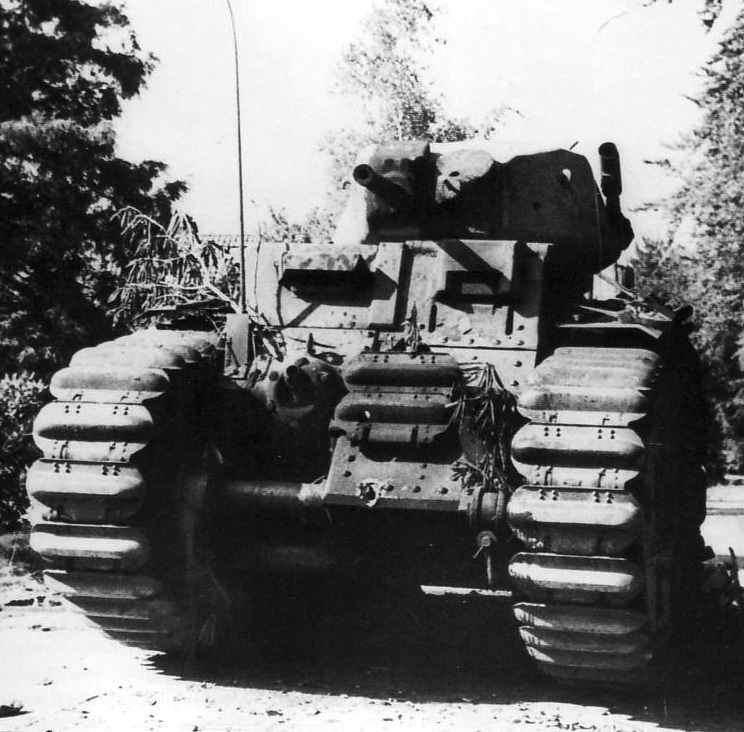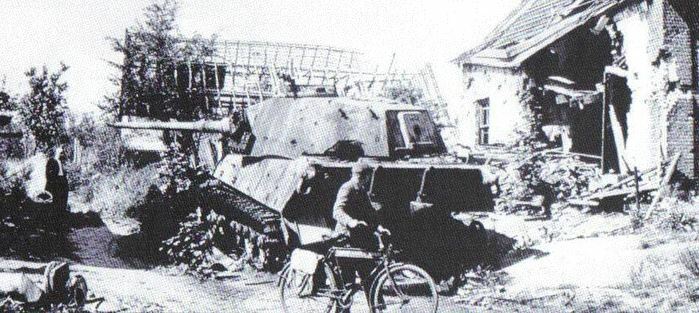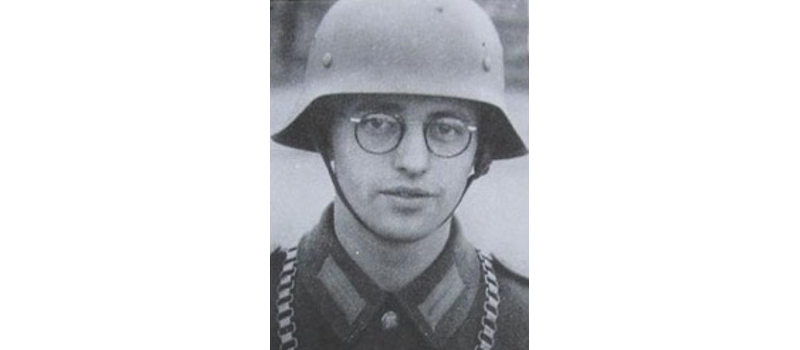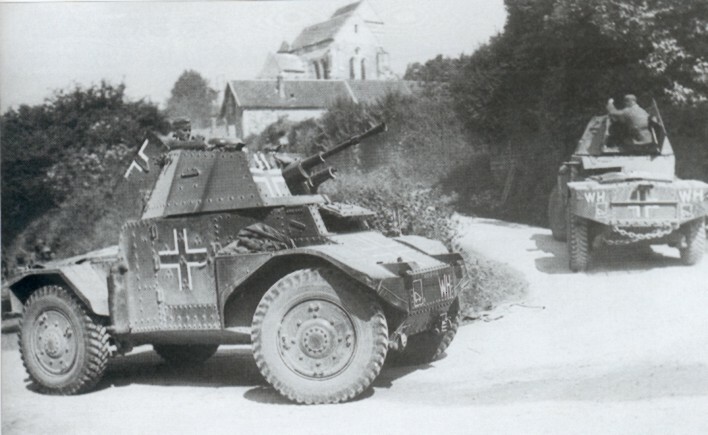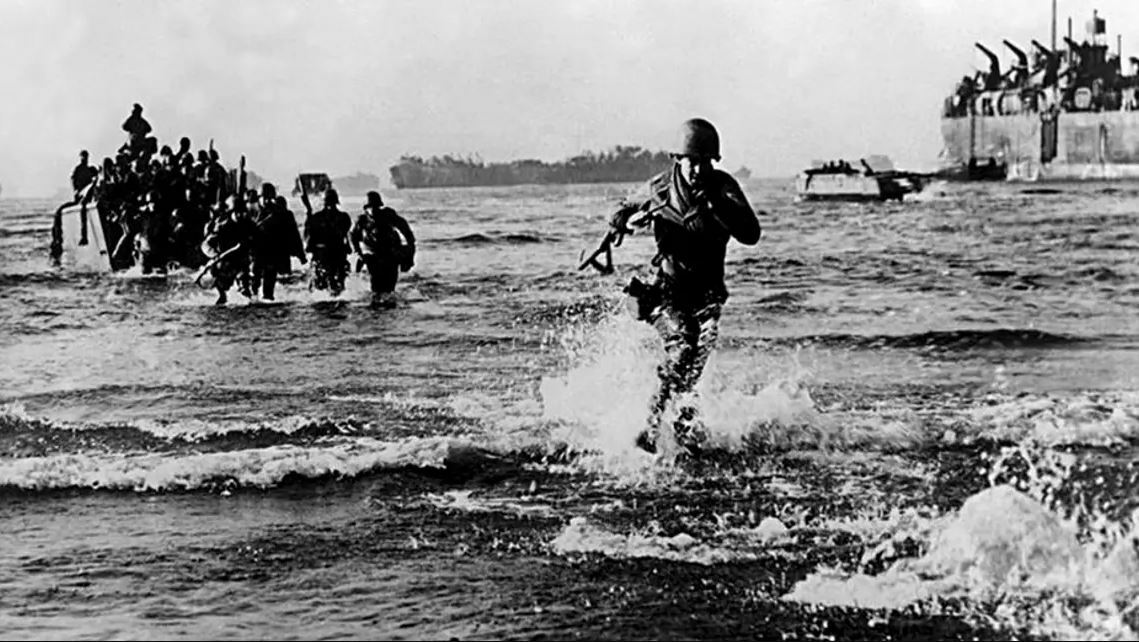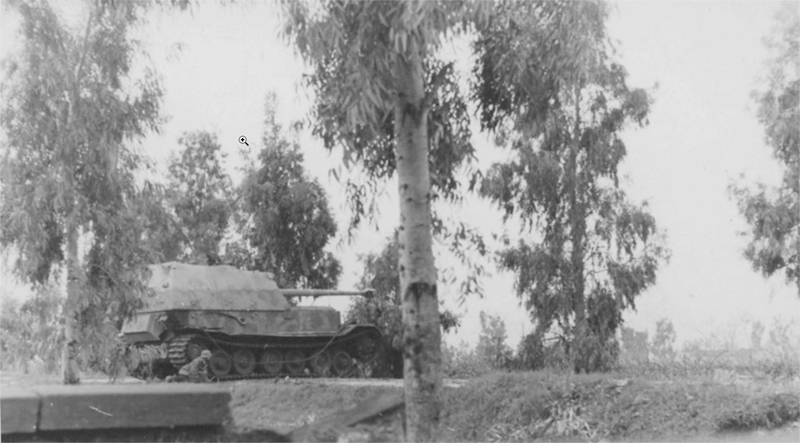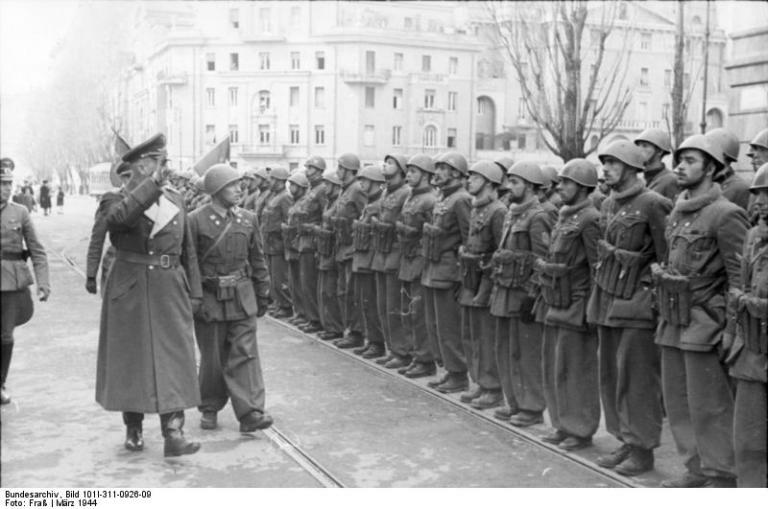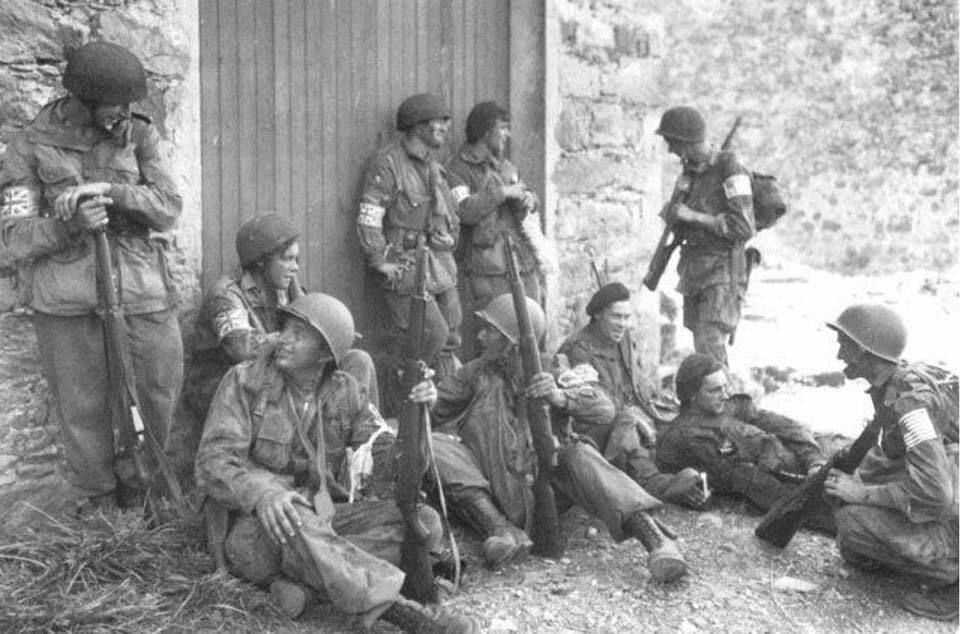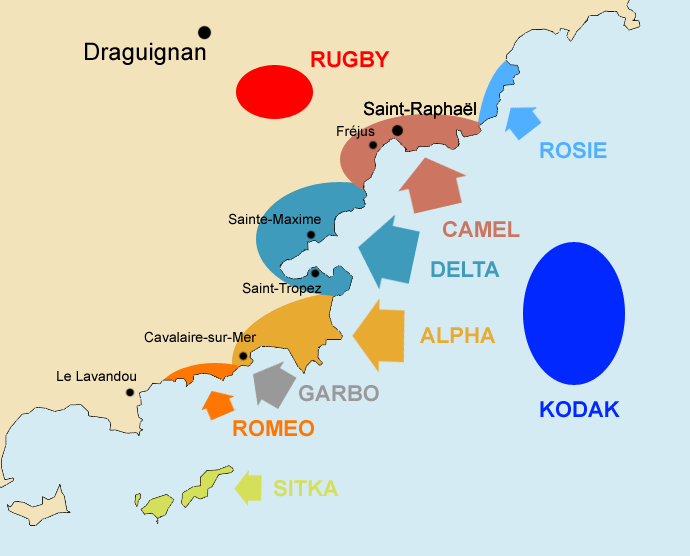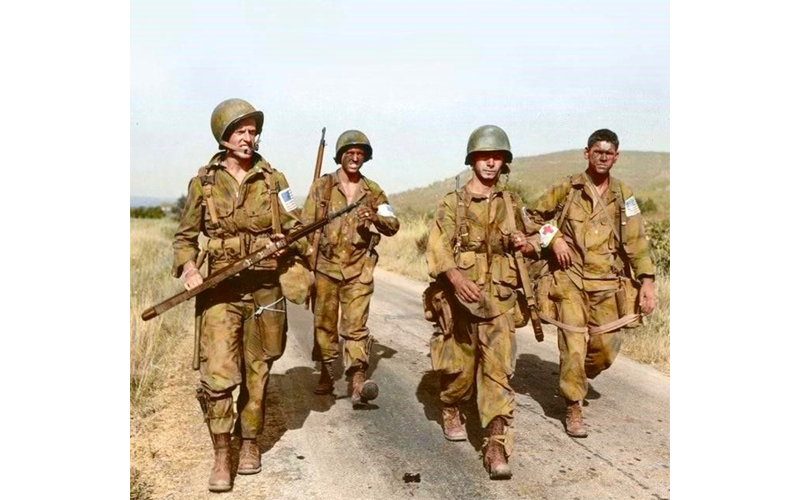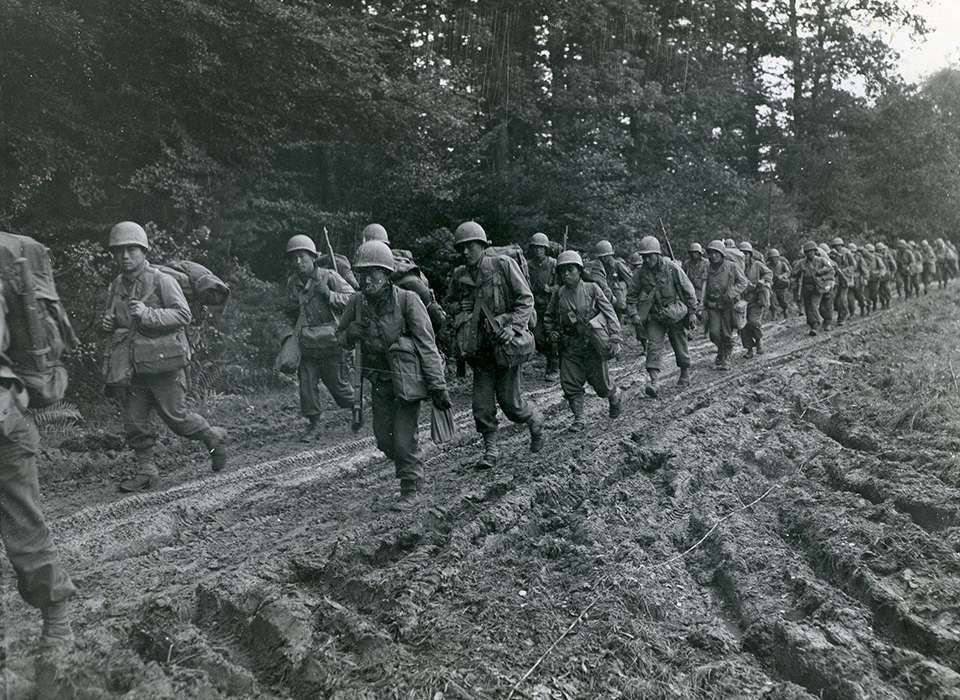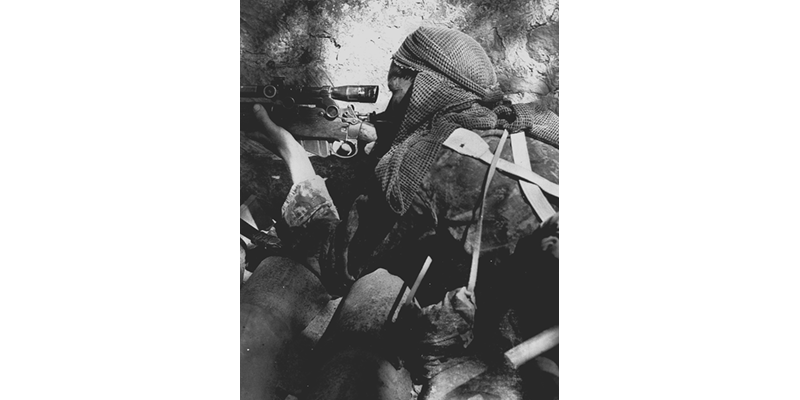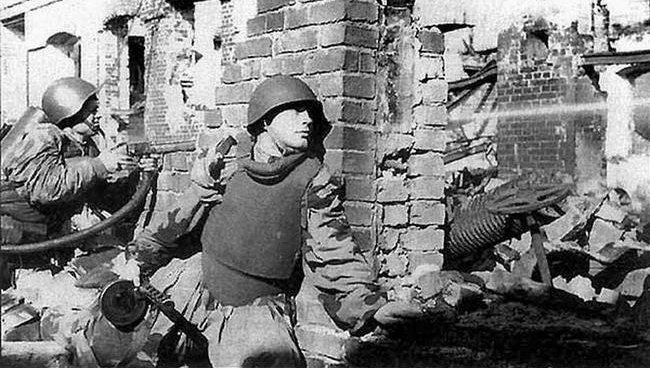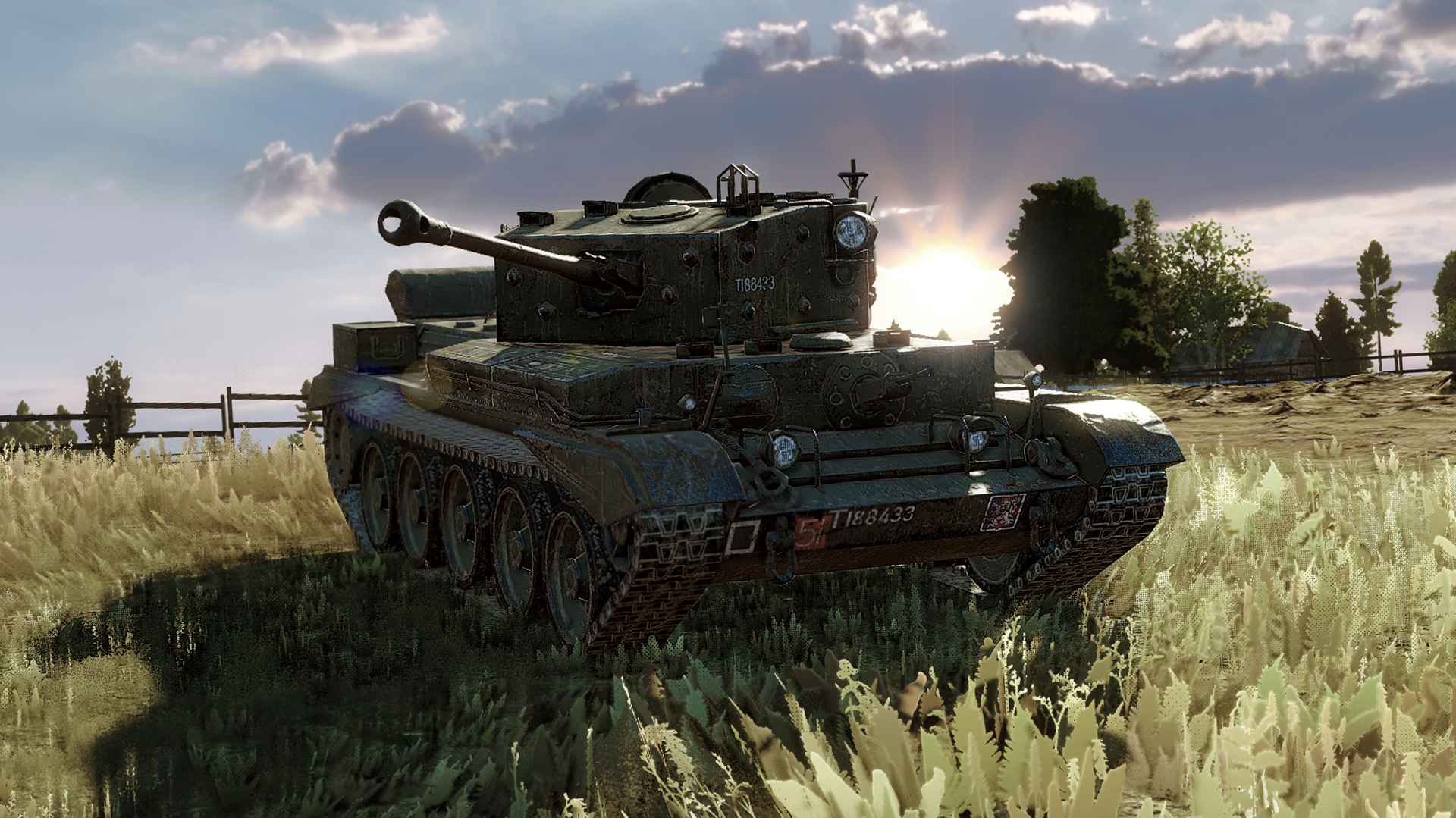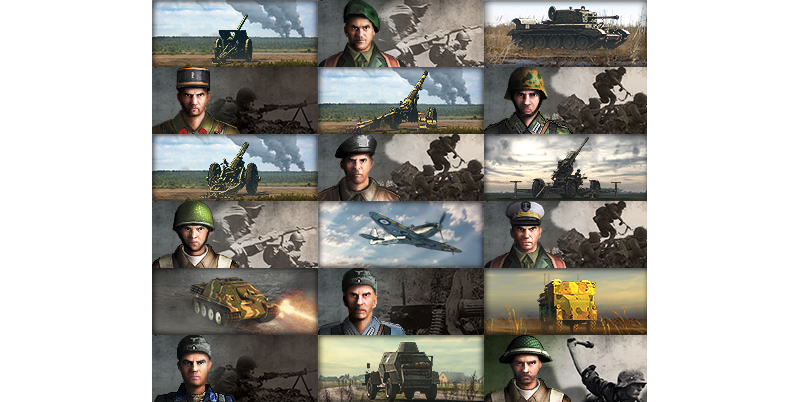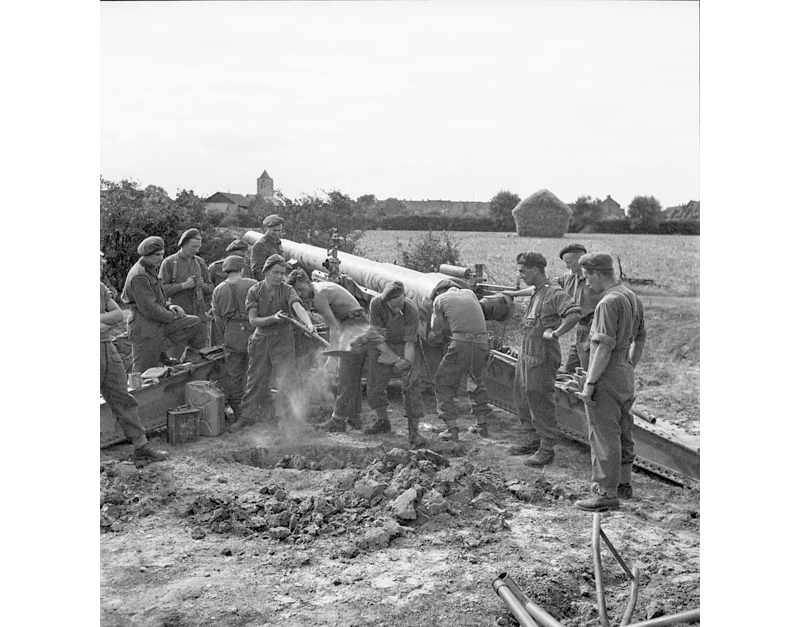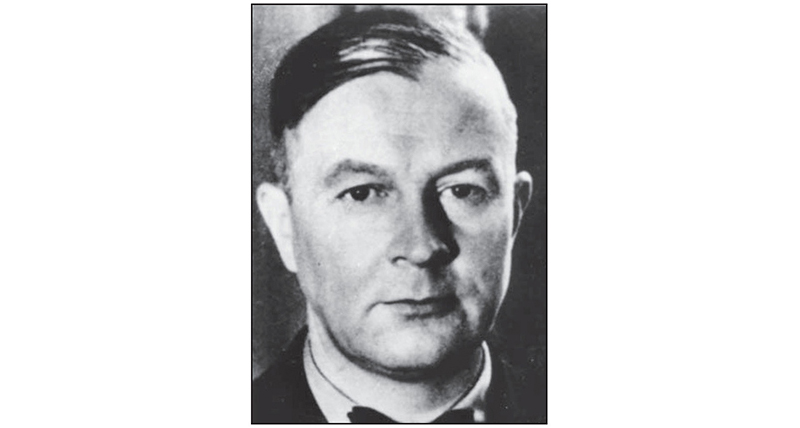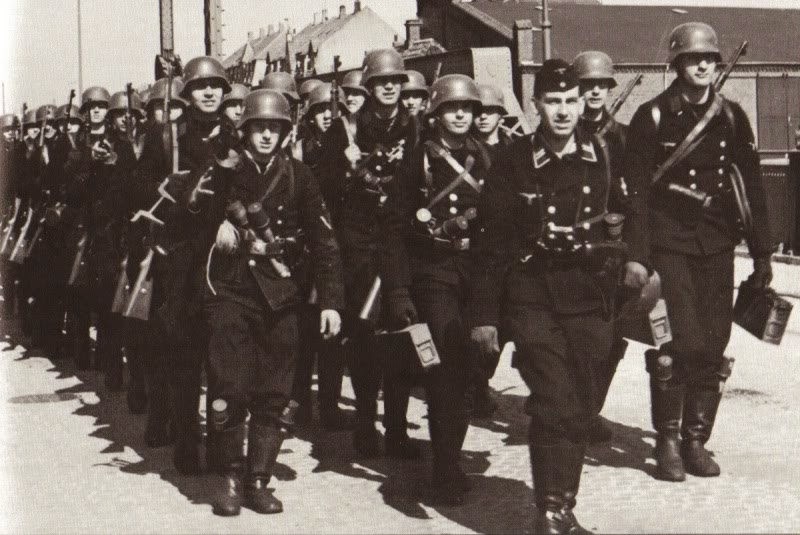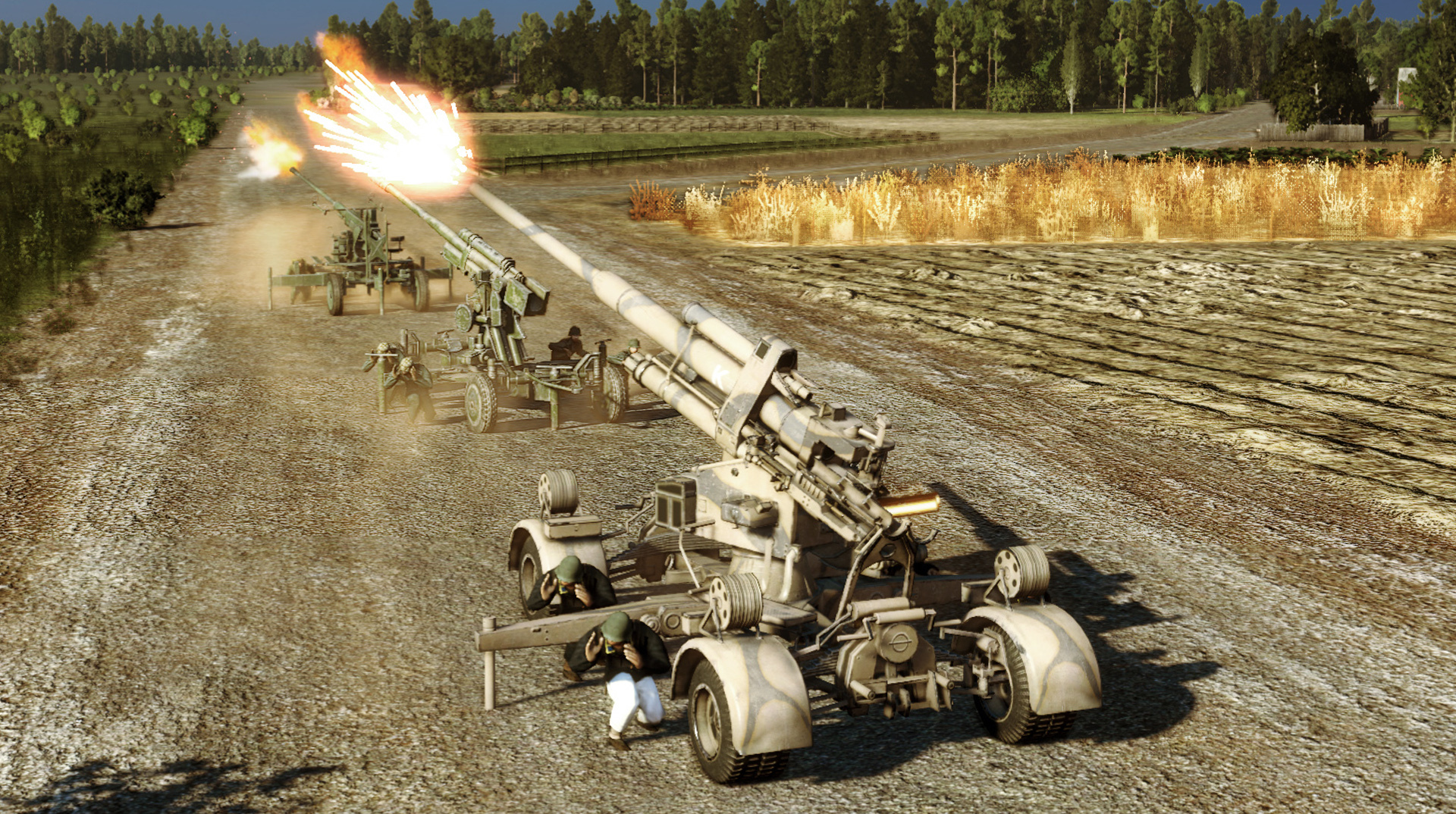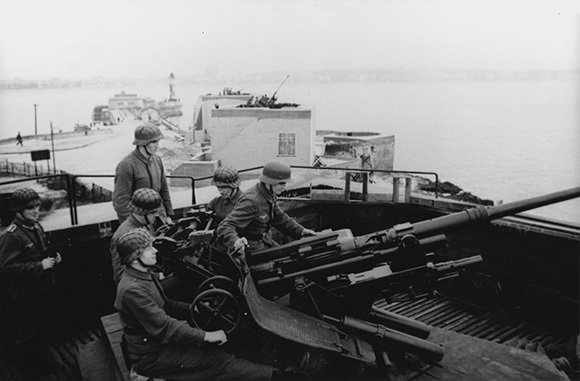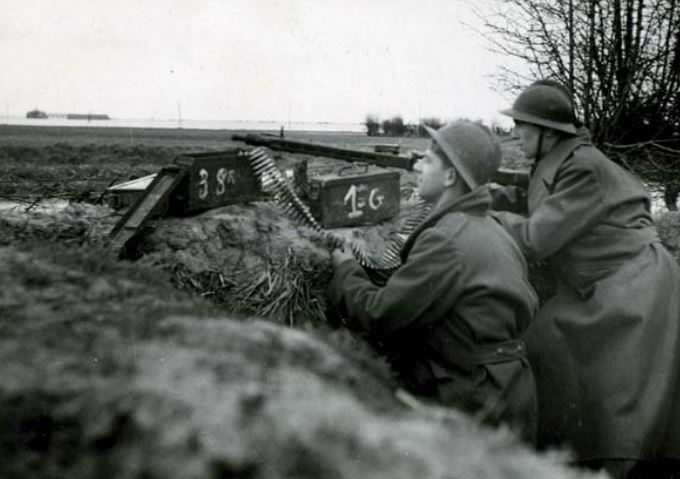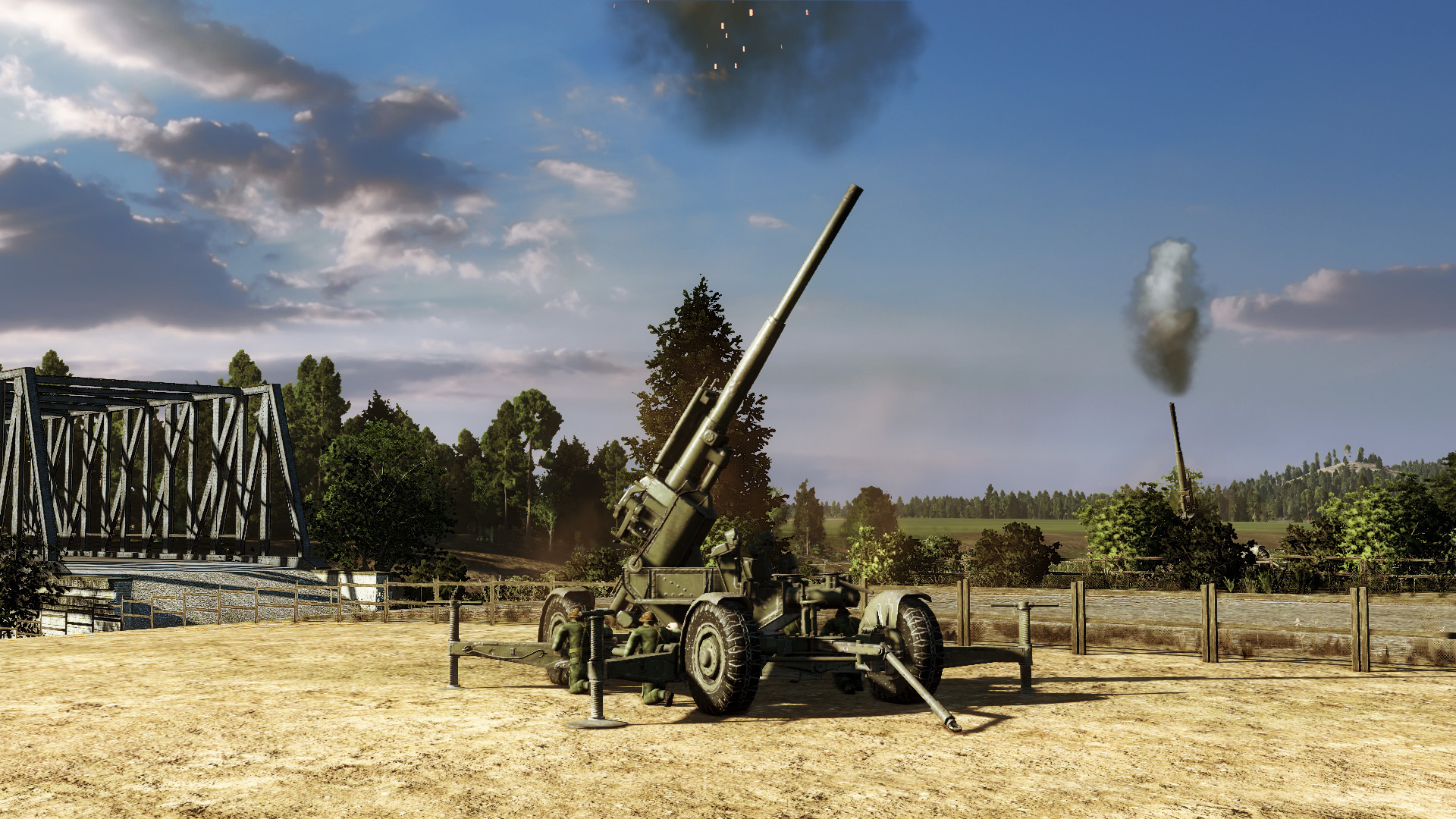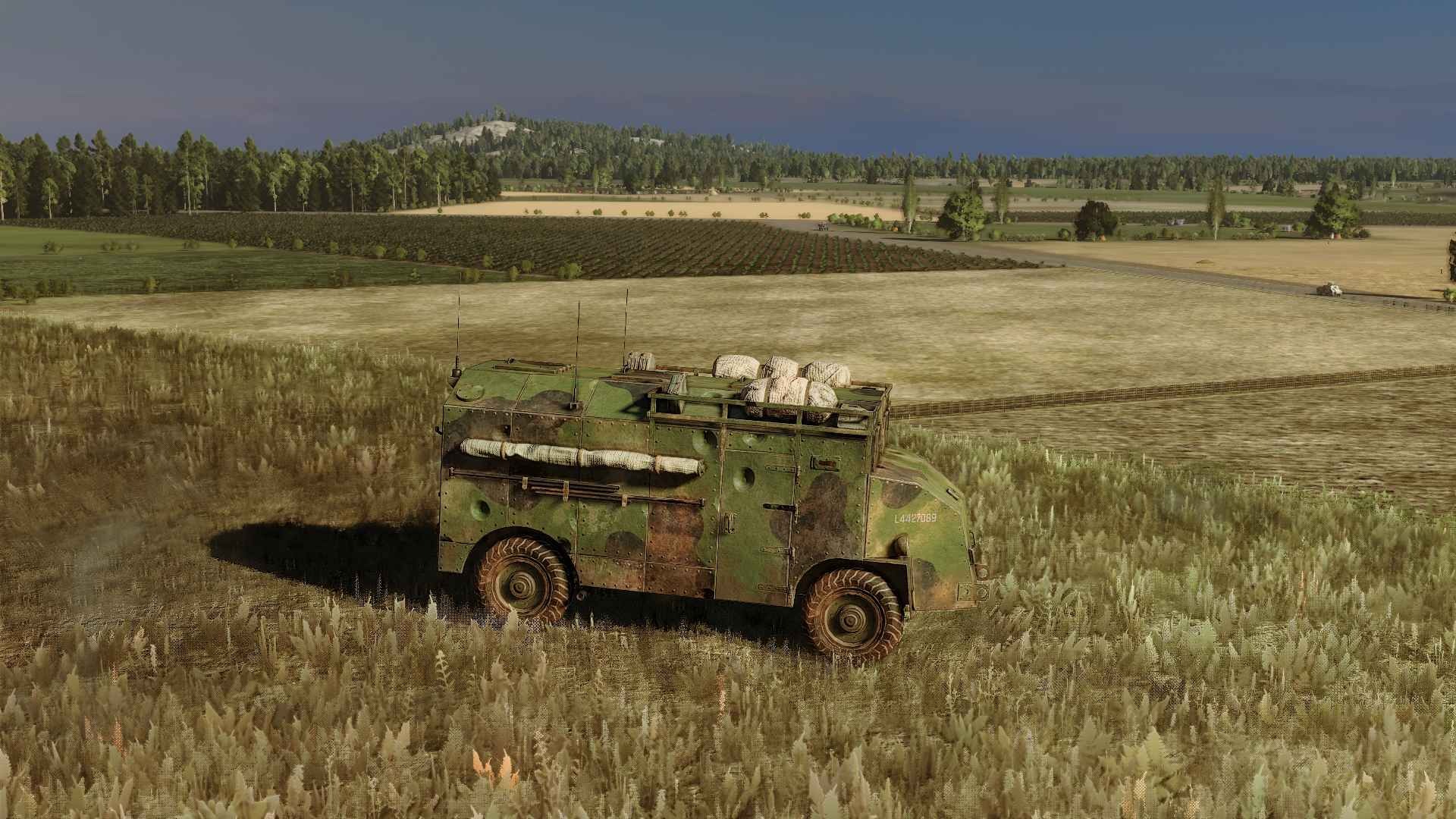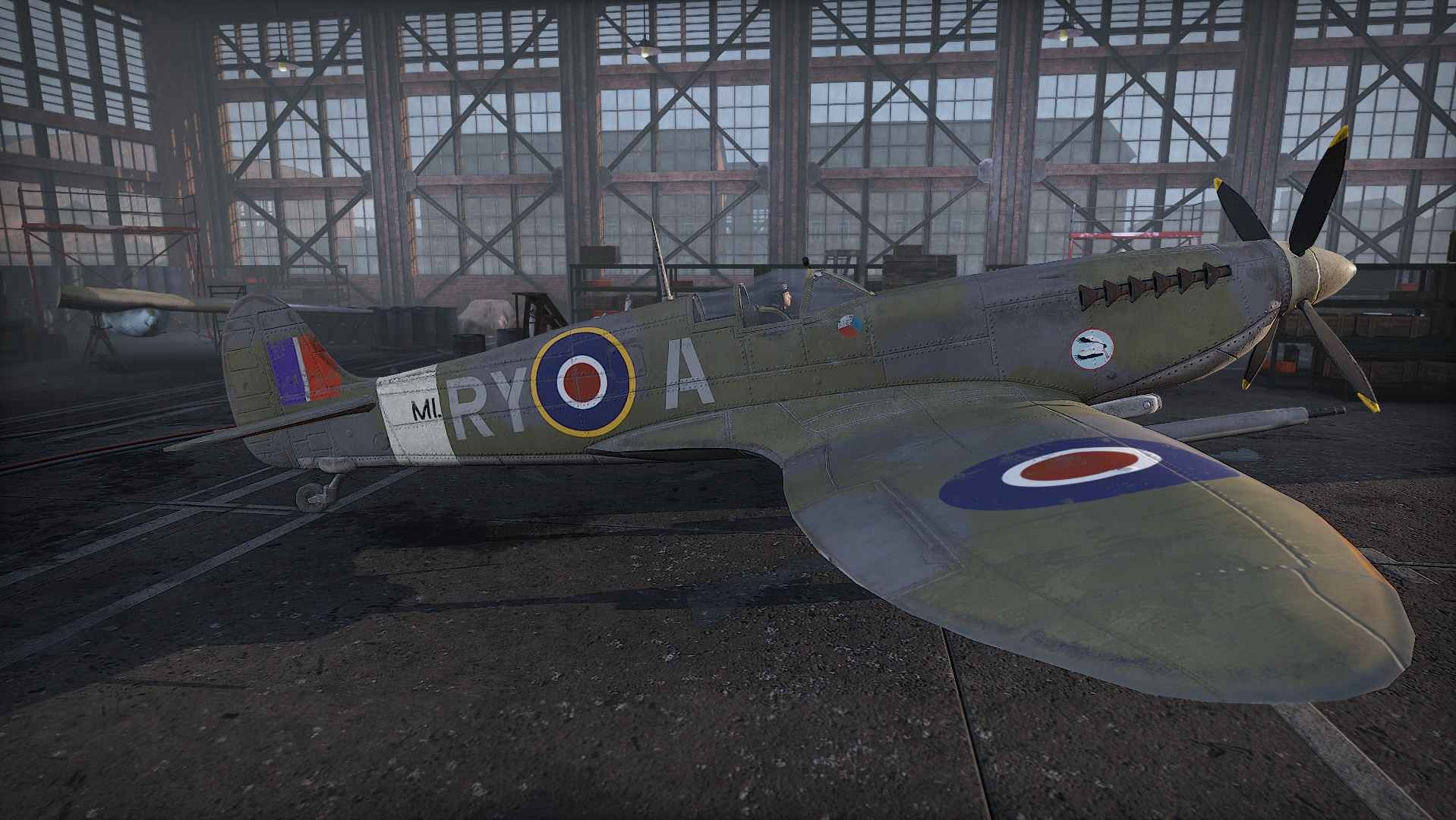
Mar 23, 2023
Steel Division 2 - [EUG] Gal Marcel Bigeard
Hello commander!
Last week we interrupted our versus format to welcome the release of Nemesis: Siege of Dunkirk. Let's get back to business today with the unveiling of two new battlegroups for our upcoming Men of Steel DLC: the Finnish 17. Divisioona and the French Groupement Dody.
But first, a little reminder: Steel Division 2: Men of Steel is the next big chapter of our World War II battle simulator. We are still going strong, even four years after Steel Division 2’s official launch! In this new major expansion, we will put the hardy combat soldier center stage, from all corners of warring Europe, offering:
This one shouldn't come as a complete stranger, for it competed (and lost to Dunkirk) in the Nemesis #6 vote. It garnered support, yet not enough. But we felt it might have been hampered by its less shinny Soviet counterpart, hence why we decided to bring it back.
Formation
17. Divisioona was formed in 1941 for the Continuation War, that is the war fought by Finland on the Axis side to recover its territories lost to the USSR 15 months earlier during the Winter War (Nov. 1939-March 1940). It was different from other divisions by the fact that two out of its three infantry regiments were formed from Swedish-speaking Finns.
At the start of war, the Svenska frivilligbataljonen (SFB), a battalion of Swedish citizens volunteering to fight with the Finns was also part of the division. But by 1942, it was reduced to a company, and by the start of the Soviet Karelia offensive in mid-1944 just a half one. By the end of the battle of Tali-Ihantala, only 20 would still be alive.
The Fall of Vyborg
Let’s circle back a bit. In our second full-blown expansion, Steel Division 2: The Fate of Finland we focused on the Soviet attack on Axis ally Finland. The Fall of Vyborg is an integral part of this, but we only alluded to it. This episode began a few days before our Army General Karelia scenario - and the results are directly connected to the opening situation of this campaign.
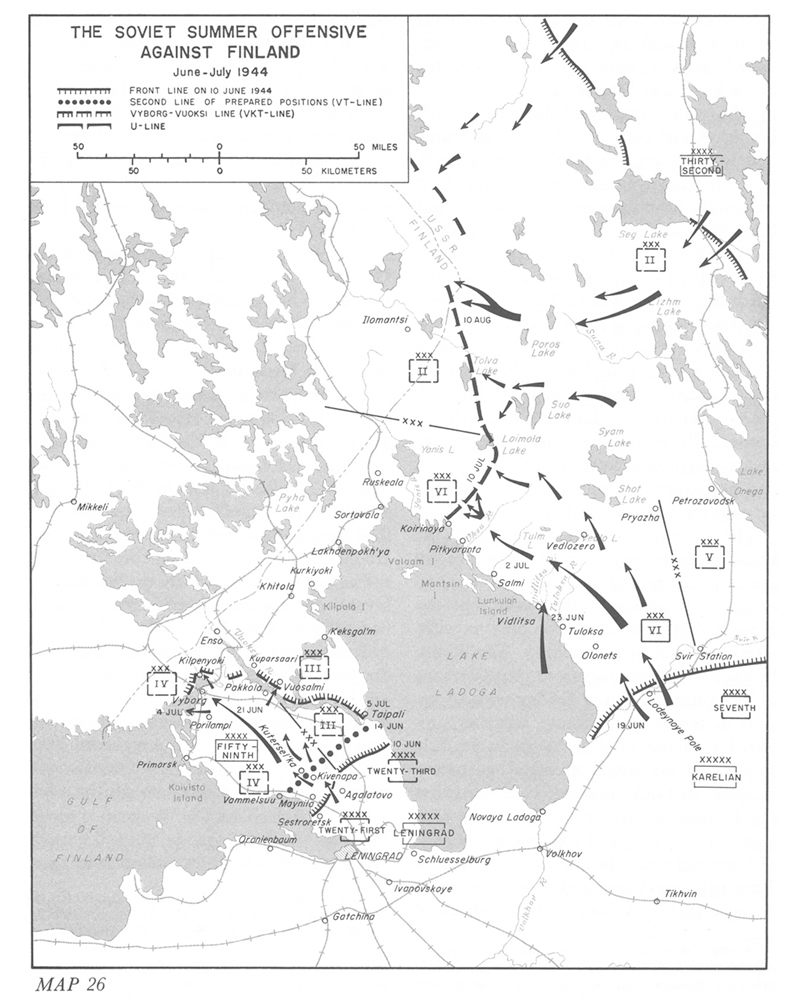
The Soviet offensive against Finland opened up on June 10th, 1944, and quickly reached the city of Viipuri (for the Finns) or Vyborg (for the Russians) nine days later.
Defending that key city was the mission of the very green 20th Infantry Brigade. Created only six months earlier by cobbling together various regiments and battalions, it really had only one combat ready battalion out of four, the other three mostly unprepared for war. Especially considering that they had arrived in the city they were meant to defend just 24 hours before the Soviet reached it.
It took the Soviet assault troops less than a day, and really just five hours of combat, to capture the city. The 20th Infantry Brigade, although supported by a large number of artillery and AA guns as well as the Panssaridivisioona's entire BT-42 company as advance party, fled in panic.
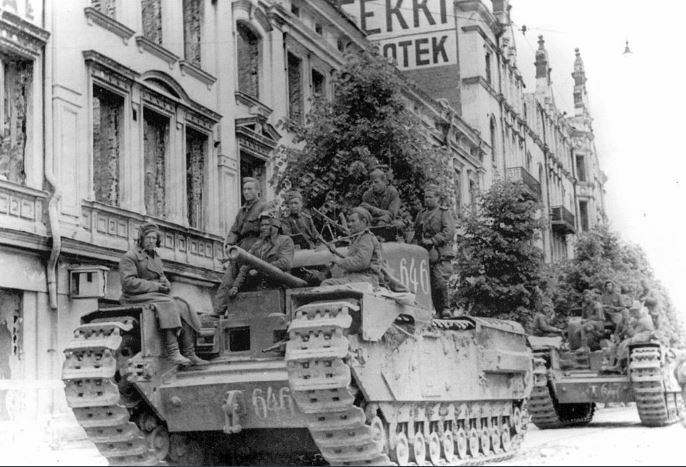
Finland’s defenses were crumbling, and if the Soviet juggernaut had kept on rolling, it would have broken through the undermanned VKT line. This was Finland’s last defensive belt. However, as the Soviets took too much time to reorganize (and celebrate the capture of Vyborg), the window of opportunity (luckily for the Finns) was closed rapidly.
The Battle of Tienhaara
This delay in regrouping was more significant than you think.
The Soviets tried to exploit the fall of Vyborg and push forward. Too late however: they were stopped dead in their tracks by the lead elements of the 17. Divisioona brought in to fill the gap.
The first to arrive were the Swedo-Finns from 61st Infantry Regiment, or "Sextietan" ("61st" in Swedish) as they were known. The regiment deployed in the Tienhaara sector, just North of Vyborg. Not only was the narrow and rocky terrain much more favorable to the defense, but the defenders became galvanized by the realization that this very battlefield might very well be Finland's last stand

For about 24 hours, the Sextietans, with strong artillery support, repelled everything the Soviet 90th & 372nd Rifle Division, themselves strongly reinforced with armors & artillery, threw at them. They withstood terrible artillery bombardments, inevitably followed by infantry assault on their trenches. Despite the odds, they held until the rest of the division was deployed in support.
One Finnish general later commented that "this regiment saved Finland during the midsummer weekend 1944, even if only temporarily".
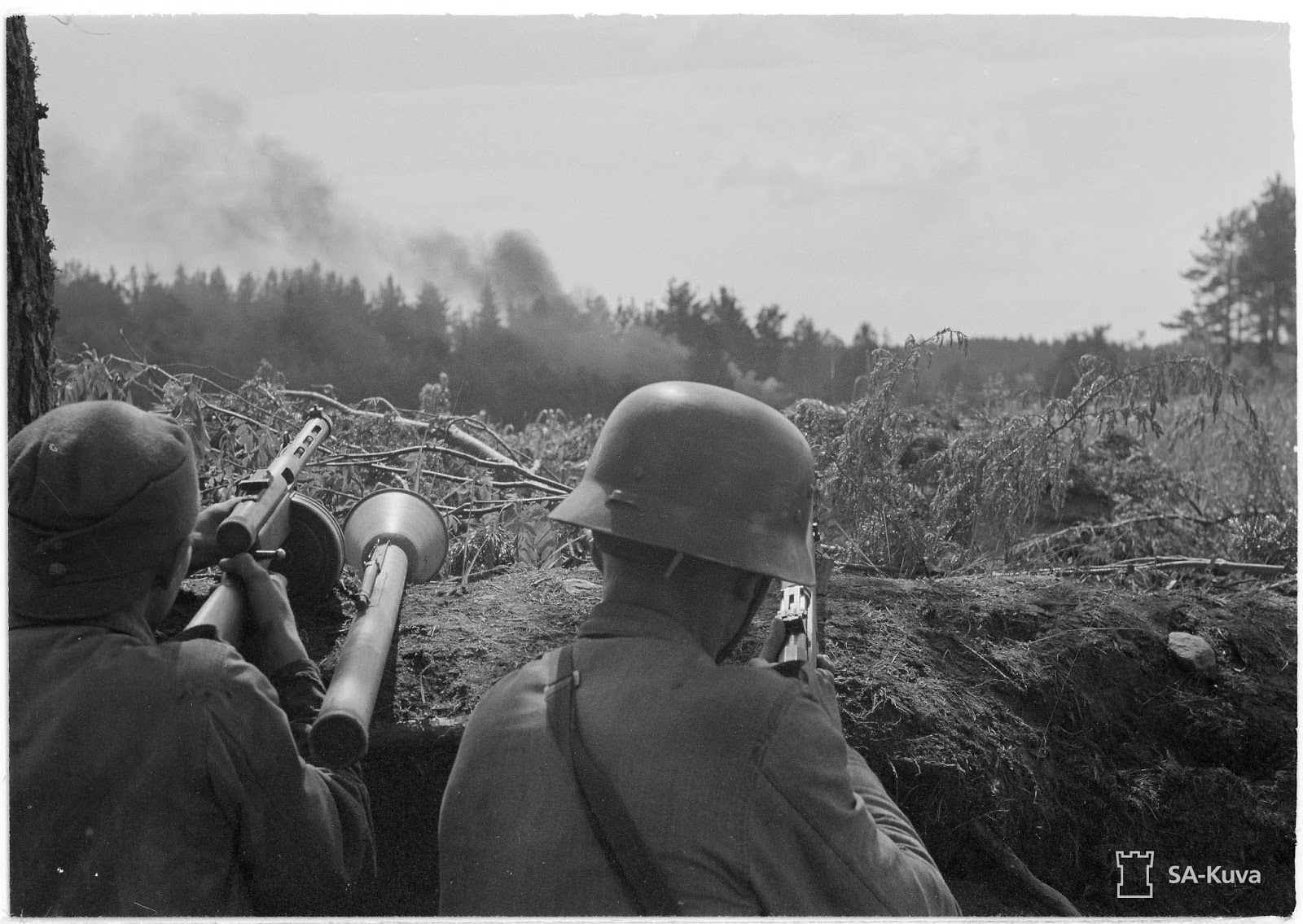
For two more days, the battle for the crossroads at Tienhaara raged, but the Finns would not bulge anymore.
Preventing the Soviets from advancing and establishing a bridgehead north of Vyborg, this rearguard detachment allowed the rest of the Finnish army to pour defenders into the VKT line, reorganize, and later stop the second stage of the Soviet strategic offensive - as depicted in the “Fate of a Nation” Army General campaign.
From despair to salvation
As with other "division-story", 17. Divisioona will be a phase-locked battlegroup.
Phase A will focus on the unfortunate 20th Infantry Brigade, with mostly Disheartened and vet 0 KIVÄÄRI (PzF) and PZSCHRECK, although with new SOTAPOLIISI (military policemen) to try to keep them in line. A substantial number of engineers was also present in the city.
They will be supported by corps artillery and Viipuri's ring of air defense, including heavy 76 ItK/34 V (Vickers 75mm AA gun rechambered in 76mm).
Finally, the whole BT-42 company from Panssaridivisioona was dispatched ahead of its parent division to provide some (modicum of) armored support.
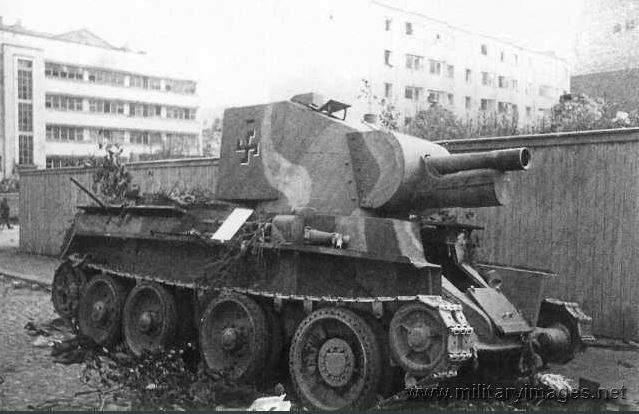
Later phases will see the arrival of the bulk of 17. Divisioona itself, with:
No need to search the internet for that one, you won't find it. There wasn't a real "Groupement Dody" historically, the name being used as an umbrella one for a collection of units which did occupy a unity of place and mission. And which will form the embryo of what would later (out of our timeframe) be officially named the "Détachement d'Armée des Alpes" (DDA), although by then reaching corps strength.
From the Riviera to the Alps
The troops regrouped as Groupement Dody are elements from the Allied armies landing in Provence during Operation Anvil-Dragoon (August 15th) and dispatched to secure the Alpine passes.
Within a week of the landing, part of the German army was retreating North through the Rhône river valley, while others retreated to Italy through the Alps. The mechanized bulk of the Allied armies was hot on the heels of the main German force retreating North, but those retreating East couldn't be left unchecked.
Therefore, detachments were sent to the Alps to support the very active FFI of the area, push the Germans as far East as possible and then block all the valley by which Axis forces in Italy could strike back.
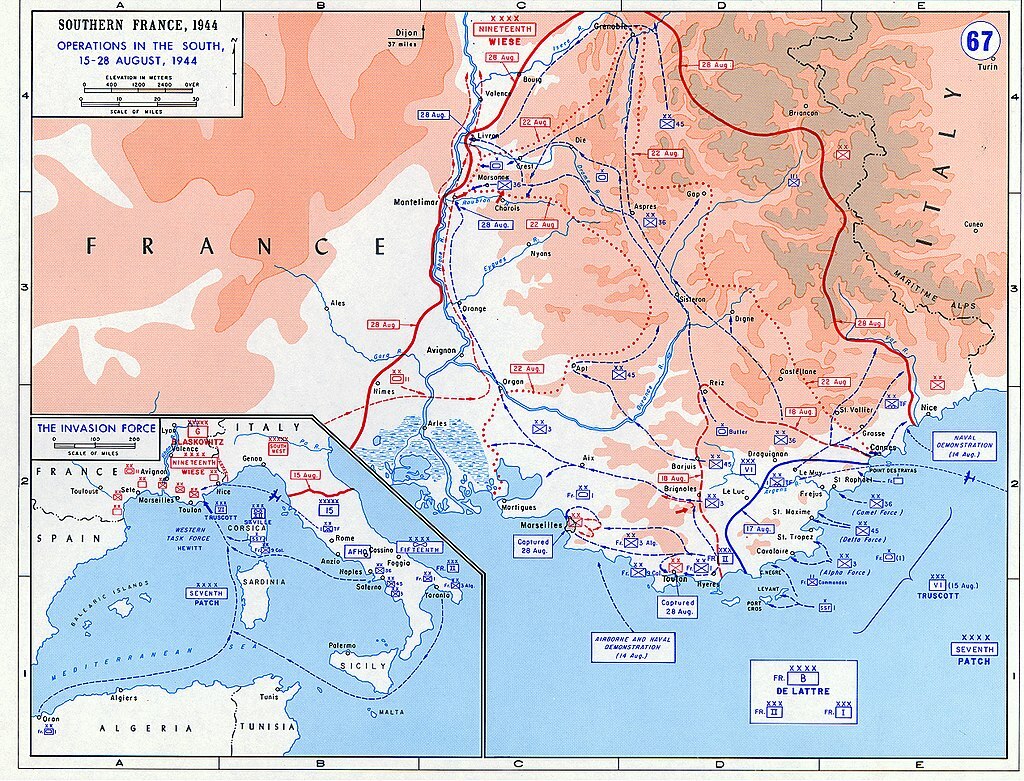
The first ones to bring the fight to the Germans in the Mediterranean Alps as soon as landings were announced by Radio London were the local FFI partisans. Mountain terrain was a haven for the Résistance, which organized large camps there. Moreover, a substantial part of those freedom fighters were former Alpine troops (Chasseur Alpins) themselves, who brought the partisans some military organization & discipline.
Gap (that's a city!) was blockaded until a detachment from Task Force Butler arrive to receive the German surrender on August 20th ; Nice was liberated by uprising on August 28th ; …
But while they could blockade or even rout some garrisons, the lightly equipped partisans couldn't really get in the way of retreating combat divisions.
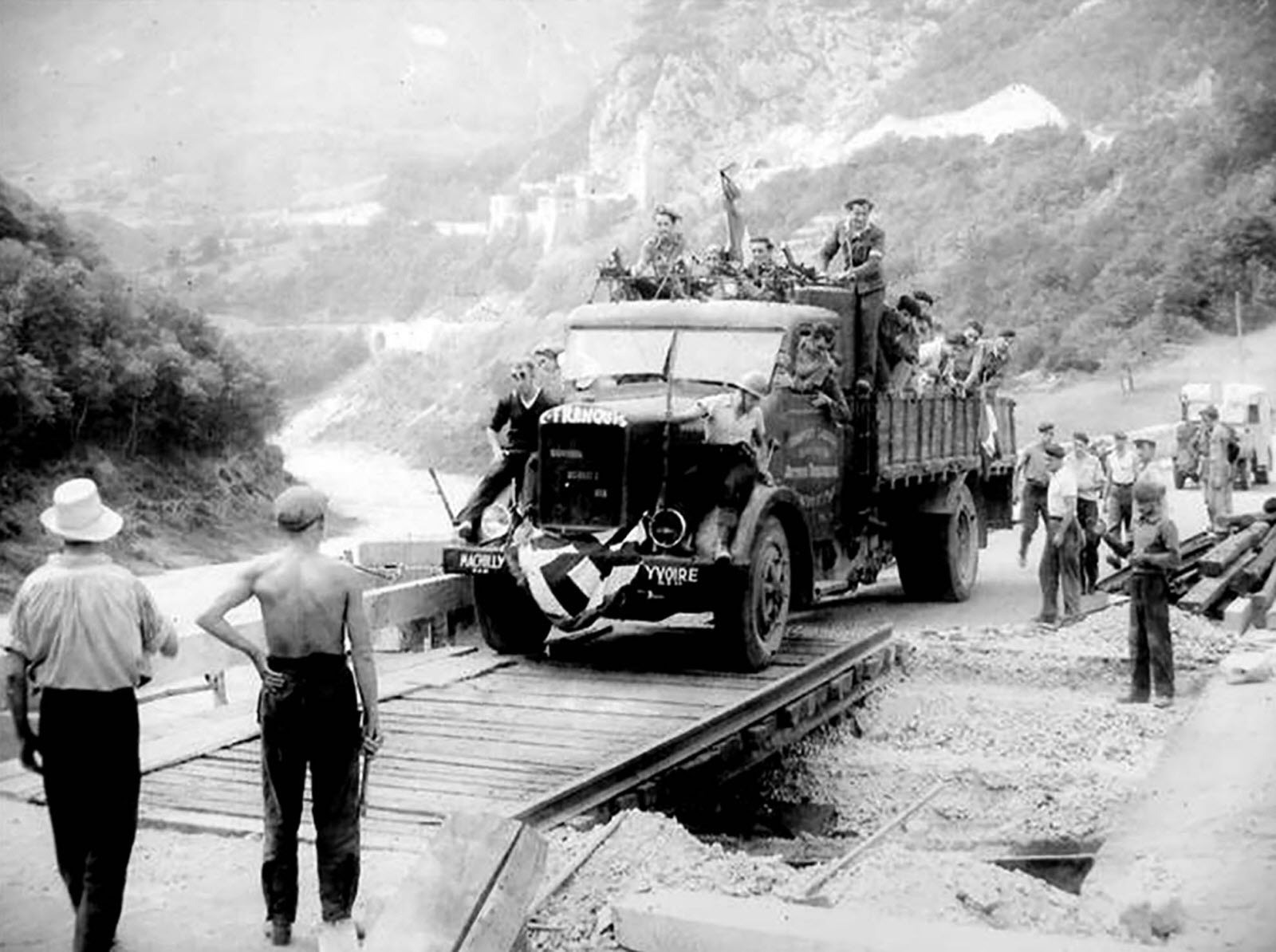
To bolster the partisans' strength, the Allies first sent two American airborne battalions (one para and one glider) detached from 1st Airborne Task Force immediately after the completion of Operation Rugby, which we described earlier.

But the core of Groupement Dody consisted in about half of the 2e DIM (2e Division Marocaine d'Infanterie, or Moroccan Infantry Division), led at the time by … general André Dody. Hence the name.
Dody's detachment included one third of his division's infantry, two third of its artillery, elements from its armors & recon troops, as well as attached Goumiers light mountain infantry.

In early September the Germans have been accompanied back to the Alps' passes, where they turned over to prevent the Allies from invading Italy from the North. Both sides would settle on static positions and reorganize while harassing the enemy.
Regarding the Allies, 2e DIM elements were sent to join the rest of their division in the Vosges, being replaced by more specialized troops from the 4e Division Marocaine de Montagne (4th Morrocan Moutain Division).
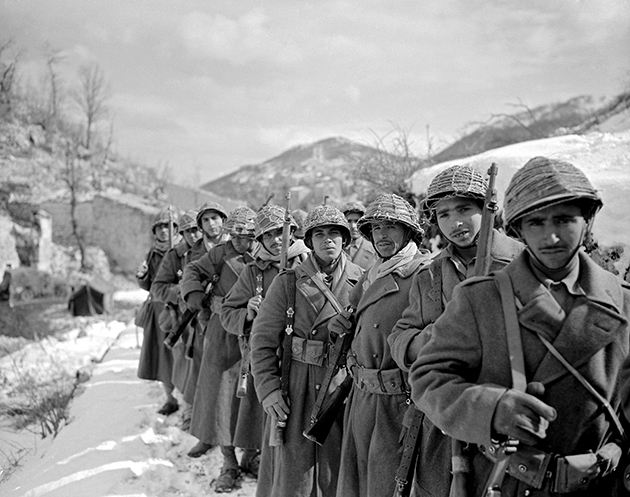
Meanwhile, unexpected reinforcements came in the form of Italian Partigiani seeking refuge in France from German or RSI anti-partisan operations on the other side of the Alps. About 800 will fight alongside their FFI brothers.
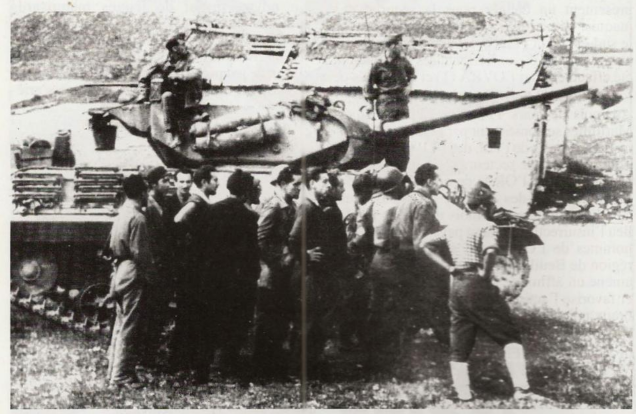
But they weren’t the only Italians to side with the French: having garnered plenty of captured German guns to equip the FFI, the army couldn't find enough trained artillerymen to man then. They then toured Italian prison camps and found enough former Italian POWs volunteering to crew and entire le.FH 18M artillery battalion! French Beute artillery speaking Italian!
Several other gun types were used by the partisans, including PaK 40, the most common artillery gun with the FFI and their successor until the end of the war.
Just like with the siege of Dunkirk, as soon as the FFI were bypassed by regular troops, their guerilla role was mostly over. Soon, those willing to keep fighting were invited to enlist for the duration of the war and organize as regular army units.
In the Alps, the FFI were used to reform France's traditional Alpine troops, the Chasseurs Alpins. It helped that a lot of the local partisans had been Chasseurs Alpins themselves, or had done their military service with them. The "professionals" were quickly reformed into regular recon and raiding parties, while the rest trained and organized recruits.
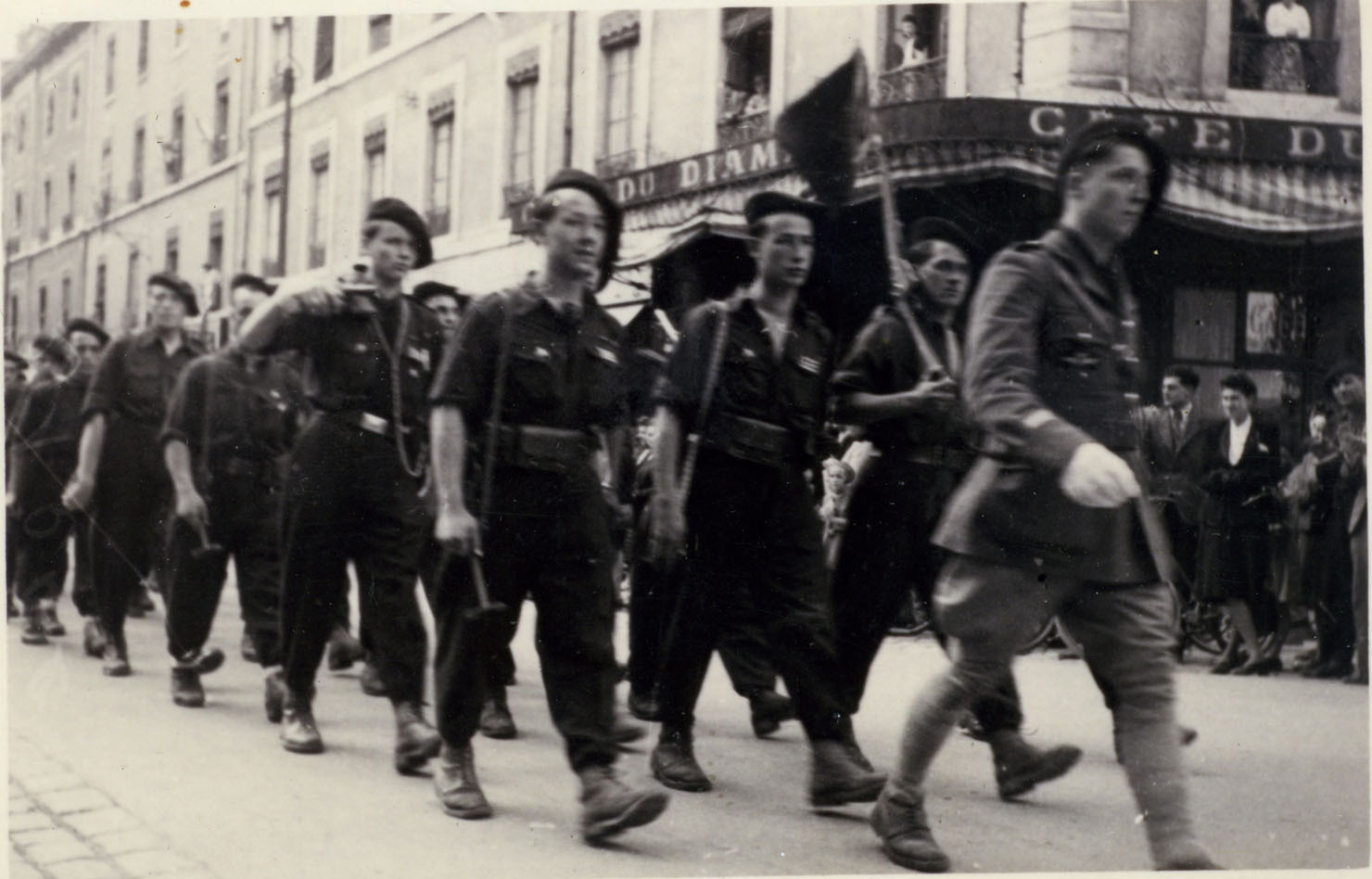
First organized in battalions, then demi-brigades, they would be regrouped into the reborn 27e Division d'Infanterie Alpine by the end of September. This division would become the core of the "Détachement d'Armée des Alpes" and lead the fight for the recapture of the various Alpine passes and valleys.
Groupement Dody will therefore be a new mountain division, very light as can be expected but with plenty of various units available by layers.
In phase A & B:
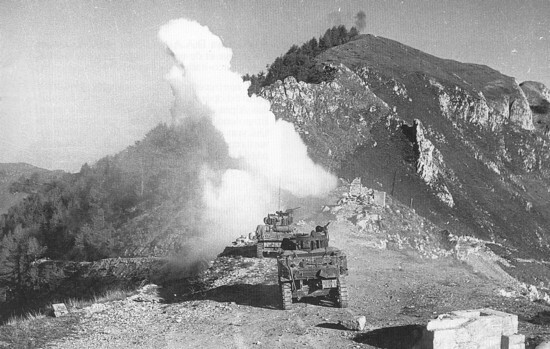
In phase B & C:
That’s it for this third Steel Division 2: Men of Steel Versus post. Tune in for a new one next week. Let us know what you think!
Be sure to join the Steel Division 2 community on our Steam forums. The latest Steel Division 2 news can also be encountered on our Instagram.
Looking for an online game? Visit the Discord server or Reddit page and get involved with the lively Steel Division 2 community!
See you, commander!
Last week we interrupted our versus format to welcome the release of Nemesis: Siege of Dunkirk. Let's get back to business today with the unveiling of two new battlegroups for our upcoming Men of Steel DLC: the Finnish 17. Divisioona and the French Groupement Dody.
A new major expansion
But first, a little reminder: Steel Division 2: Men of Steel is the next big chapter of our World War II battle simulator. We are still going strong, even four years after Steel Division 2’s official launch! In this new major expansion, we will put the hardy combat soldier center stage, from all corners of warring Europe, offering:
- 8 new divisions from 7 nations, including a brand-new minor nation.
- With units from 12 nations in total!
- New Aces.
- New Unit Traits, which will be rolled out to certain existing units in older Steel Division 2 divisions as well.
17. Divisioona
This one shouldn't come as a complete stranger, for it competed (and lost to Dunkirk) in the Nemesis #6 vote. It garnered support, yet not enough. But we felt it might have been hampered by its less shinny Soviet counterpart, hence why we decided to bring it back.
Formation
17. Divisioona was formed in 1941 for the Continuation War, that is the war fought by Finland on the Axis side to recover its territories lost to the USSR 15 months earlier during the Winter War (Nov. 1939-March 1940). It was different from other divisions by the fact that two out of its three infantry regiments were formed from Swedish-speaking Finns.
At the start of war, the Svenska frivilligbataljonen (SFB), a battalion of Swedish citizens volunteering to fight with the Finns was also part of the division. But by 1942, it was reduced to a company, and by the start of the Soviet Karelia offensive in mid-1944 just a half one. By the end of the battle of Tali-Ihantala, only 20 would still be alive.
The Fall of Vyborg
Let’s circle back a bit. In our second full-blown expansion, Steel Division 2: The Fate of Finland we focused on the Soviet attack on Axis ally Finland. The Fall of Vyborg is an integral part of this, but we only alluded to it. This episode began a few days before our Army General Karelia scenario - and the results are directly connected to the opening situation of this campaign.

The Soviet offensive against Finland opened up on June 10th, 1944, and quickly reached the city of Viipuri (for the Finns) or Vyborg (for the Russians) nine days later.
Defending that key city was the mission of the very green 20th Infantry Brigade. Created only six months earlier by cobbling together various regiments and battalions, it really had only one combat ready battalion out of four, the other three mostly unprepared for war. Especially considering that they had arrived in the city they were meant to defend just 24 hours before the Soviet reached it.
It took the Soviet assault troops less than a day, and really just five hours of combat, to capture the city. The 20th Infantry Brigade, although supported by a large number of artillery and AA guns as well as the Panssaridivisioona's entire BT-42 company as advance party, fled in panic.

Finland’s defenses were crumbling, and if the Soviet juggernaut had kept on rolling, it would have broken through the undermanned VKT line. This was Finland’s last defensive belt. However, as the Soviets took too much time to reorganize (and celebrate the capture of Vyborg), the window of opportunity (luckily for the Finns) was closed rapidly.
The Battle of Tienhaara
This delay in regrouping was more significant than you think.
The Soviets tried to exploit the fall of Vyborg and push forward. Too late however: they were stopped dead in their tracks by the lead elements of the 17. Divisioona brought in to fill the gap.
The first to arrive were the Swedo-Finns from 61st Infantry Regiment, or "Sextietan" ("61st" in Swedish) as they were known. The regiment deployed in the Tienhaara sector, just North of Vyborg. Not only was the narrow and rocky terrain much more favorable to the defense, but the defenders became galvanized by the realization that this very battlefield might very well be Finland's last stand

For about 24 hours, the Sextietans, with strong artillery support, repelled everything the Soviet 90th & 372nd Rifle Division, themselves strongly reinforced with armors & artillery, threw at them. They withstood terrible artillery bombardments, inevitably followed by infantry assault on their trenches. Despite the odds, they held until the rest of the division was deployed in support.
One Finnish general later commented that "this regiment saved Finland during the midsummer weekend 1944, even if only temporarily".

For two more days, the battle for the crossroads at Tienhaara raged, but the Finns would not bulge anymore.
Preventing the Soviets from advancing and establishing a bridgehead north of Vyborg, this rearguard detachment allowed the rest of the Finnish army to pour defenders into the VKT line, reorganize, and later stop the second stage of the Soviet strategic offensive - as depicted in the “Fate of a Nation” Army General campaign.
From despair to salvation
As with other "division-story", 17. Divisioona will be a phase-locked battlegroup.
Phase A will focus on the unfortunate 20th Infantry Brigade, with mostly Disheartened and vet 0 KIVÄÄRI (PzF) and PZSCHRECK, although with new SOTAPOLIISI (military policemen) to try to keep them in line. A substantial number of engineers was also present in the city.
They will be supported by corps artillery and Viipuri's ring of air defense, including heavy 76 ItK/34 V (Vickers 75mm AA gun rechambered in 76mm).
Finally, the whole BT-42 company from Panssaridivisioona was dispatched ahead of its parent division to provide some (modicum of) armored support.

Later phases will see the arrival of the bulk of 17. Divisioona itself, with:
- the Fanatical (at least that fateful day) SEXTIETTAN Swedo-Finns, with their specific voice-acting
- KIVÄÄRI and associated infantry support weapons
- more artillery, including 203 H/17 203mm guns
- some T-26E
- a handful of STURMI
- …
Groupement Dody
No need to search the internet for that one, you won't find it. There wasn't a real "Groupement Dody" historically, the name being used as an umbrella one for a collection of units which did occupy a unity of place and mission. And which will form the embryo of what would later (out of our timeframe) be officially named the "Détachement d'Armée des Alpes" (DDA), although by then reaching corps strength.
From the Riviera to the Alps
The troops regrouped as Groupement Dody are elements from the Allied armies landing in Provence during Operation Anvil-Dragoon (August 15th) and dispatched to secure the Alpine passes.
Within a week of the landing, part of the German army was retreating North through the Rhône river valley, while others retreated to Italy through the Alps. The mechanized bulk of the Allied armies was hot on the heels of the main German force retreating North, but those retreating East couldn't be left unchecked.
Therefore, detachments were sent to the Alps to support the very active FFI of the area, push the Germans as far East as possible and then block all the valley by which Axis forces in Italy could strike back.

The first ones to bring the fight to the Germans in the Mediterranean Alps as soon as landings were announced by Radio London were the local FFI partisans. Mountain terrain was a haven for the Résistance, which organized large camps there. Moreover, a substantial part of those freedom fighters were former Alpine troops (Chasseur Alpins) themselves, who brought the partisans some military organization & discipline.
Gap (that's a city!) was blockaded until a detachment from Task Force Butler arrive to receive the German surrender on August 20th ; Nice was liberated by uprising on August 28th ; …
But while they could blockade or even rout some garrisons, the lightly equipped partisans couldn't really get in the way of retreating combat divisions.

To bolster the partisans' strength, the Allies first sent two American airborne battalions (one para and one glider) detached from 1st Airborne Task Force immediately after the completion of Operation Rugby, which we described earlier.

But the core of Groupement Dody consisted in about half of the 2e DIM (2e Division Marocaine d'Infanterie, or Moroccan Infantry Division), led at the time by … general André Dody. Hence the name.
Dody's detachment included one third of his division's infantry, two third of its artillery, elements from its armors & recon troops, as well as attached Goumiers light mountain infantry.

Setting in
In early September the Germans have been accompanied back to the Alps' passes, where they turned over to prevent the Allies from invading Italy from the North. Both sides would settle on static positions and reorganize while harassing the enemy.
Regarding the Allies, 2e DIM elements were sent to join the rest of their division in the Vosges, being replaced by more specialized troops from the 4e Division Marocaine de Montagne (4th Morrocan Moutain Division).

Meanwhile, unexpected reinforcements came in the form of Italian Partigiani seeking refuge in France from German or RSI anti-partisan operations on the other side of the Alps. About 800 will fight alongside their FFI brothers.

But they weren’t the only Italians to side with the French: having garnered plenty of captured German guns to equip the FFI, the army couldn't find enough trained artillerymen to man then. They then toured Italian prison camps and found enough former Italian POWs volunteering to crew and entire le.FH 18M artillery battalion! French Beute artillery speaking Italian!
Several other gun types were used by the partisans, including PaK 40, the most common artillery gun with the FFI and their successor until the end of the war.
FFI reorganizatrion
Just like with the siege of Dunkirk, as soon as the FFI were bypassed by regular troops, their guerilla role was mostly over. Soon, those willing to keep fighting were invited to enlist for the duration of the war and organize as regular army units.
In the Alps, the FFI were used to reform France's traditional Alpine troops, the Chasseurs Alpins. It helped that a lot of the local partisans had been Chasseurs Alpins themselves, or had done their military service with them. The "professionals" were quickly reformed into regular recon and raiding parties, while the rest trained and organized recruits.

First organized in battalions, then demi-brigades, they would be regrouped into the reborn 27e Division d'Infanterie Alpine by the end of September. This division would become the core of the "Détachement d'Armée des Alpes" and lead the fight for the recapture of the various Alpine passes and valleys.
Alpine warfare
Groupement Dody will therefore be a new mountain division, very light as can be expected but with plenty of various units available by layers.
In phase A & B:
- Morrocan Tirailleurs and all their infantry support weapons
- French artillery, including Long Tom
- Morrocan Goumiers, more warriors than soldiers, with the Shock & Raider traits
- American Paratroopers & Glider infantry
- plenty of FFI
- some Spahis, Sherman, Stuart & TD M10

In phase B & C:
- Morrocan Montagnards and all their infantry support weapons, with the Raider traits
- Morrocan light mountain artillery with the Raider traits
- Italian Partigiani, also with the Raider traits
- captured guns, including PaK, as well as Italian-speaking le.FH 18M
- light Alpine troops
- Chasseurs Alpins and all their infantry support weapons, with the Raider traits
- Alpine light mountain artillery, also with the Raider traits … and 1940 light guns!
See you on the battlefield
That’s it for this third Steel Division 2: Men of Steel Versus post. Tune in for a new one next week. Let us know what you think!
Be sure to join the Steel Division 2 community on our Steam forums. The latest Steel Division 2 news can also be encountered on our Instagram.
Looking for an online game? Visit the Discord server or Reddit page and get involved with the lively Steel Division 2 community!
See you, commander!




